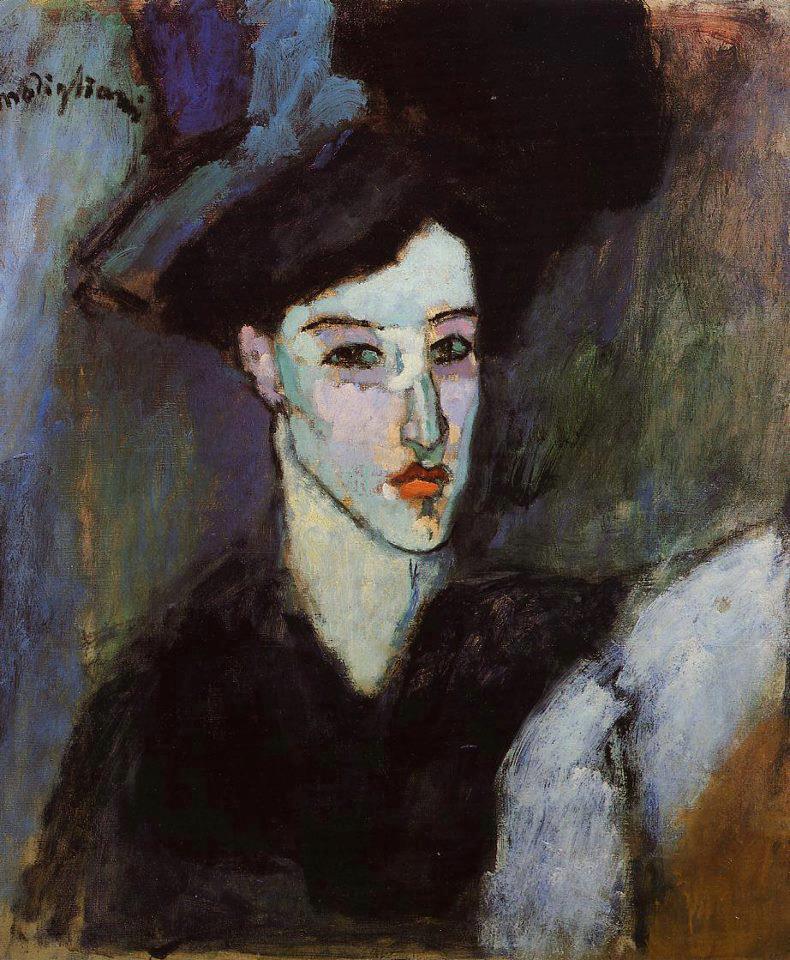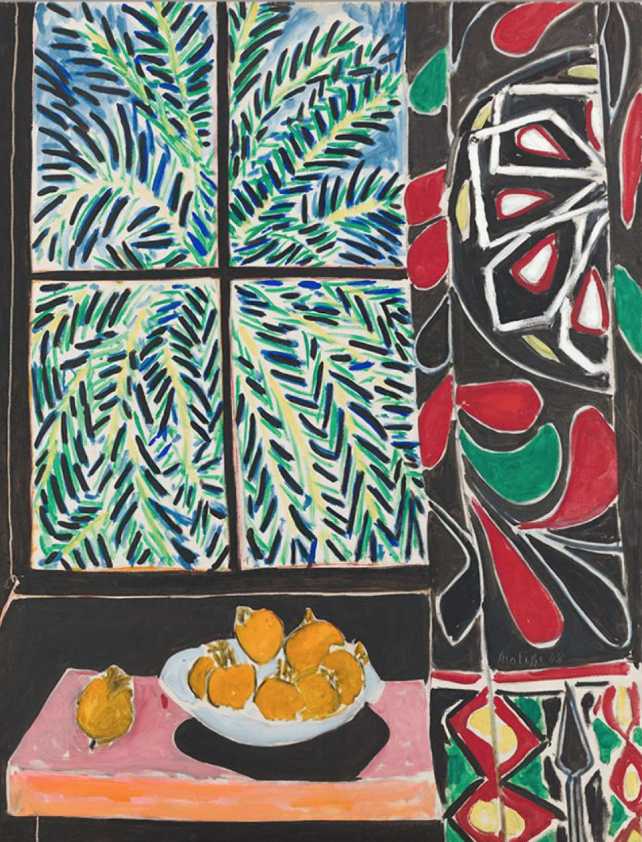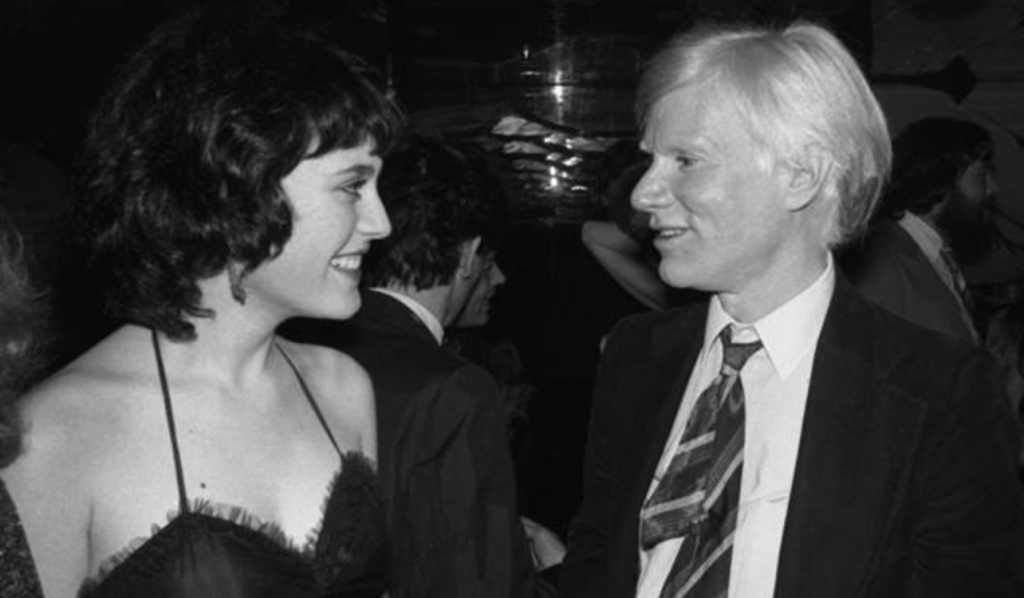Even a year ago, “Modigliani: Unmasked” at New York City’s Jewish Museum would not have been as timely, though its pleasures would have been just as assured. A showcase of Italian-Sephardic Jewish Amedeo Modigliani’s work as a sculptor and a craftsman, it revels in his defiant embrace of outsider status, and reminds us that extraordinary creative work can arise despite – and to spite – repressive political climates.
In 1906, when Modigliani emigrated from his native Livorno, an Italian port town known as a safe enclave for Jews, France was beset by nationalist anti-Semitism. Because of his fluency in French and Latin good looks, he might have been able to assimilate as a Gentile. Instead, as the Museum’s curatorial notes report, he’d introduce himself by saying: “My name is Modigliani. I am Jewish.” This exhibition, amassed mostly from the collection of patron and dear friend Paul Alexandre, shows the “artist as a young outsider,” exploring non-Western art and unpacking accepted notions of beauty in rough drafts and sculpture as well as a handful of completed paintings made between 1906 and 1914. Continue Reading →



 Fashion journalist Natasha Fraser-Cavassoni’s memoir, After Andy, would be a gas even if it didn’t dish on the life and times of Andy Warhol. I use the term “gas” because the whole book crackles with English, French, and American twentieth-century slang and spoonerisms in the most delightfully gassy way. To hear Fraser-Cavassoni tell it – and she’s a truth-teller even when the truth paints her as a daft bird – her whole life has been quite a gas. Born in 1963 to best-selling author Lady Antonia Frasier and politician Sir Hugh Frasier, her stepfather was Nobel Laureate winner Harold Pinter and family friends included Caroline Kennedy, Lucian Freud, and Jean Rhys. When she was seventeen, Natasha began an affair with Mick Jagger, whom she met on a luxury yacht. She also met pretty much everyone else worth meeting in seventies, eighties, and nineties London, New York, and Los Angeles during her reign as an international “it girl” who worked as a model, actress, agent, and general gadfly. In short, she was Paris Hilton before Paris Hilton, with three key exceptions. Natasha had a sense of humor. Natasha could write. And Natasha served as the last of Andy Warhol’s “English muffins” – the term for the succession of well-bred English girls who worked in the Factory, Warhol’s legendary creative studio and business center.
Fashion journalist Natasha Fraser-Cavassoni’s memoir, After Andy, would be a gas even if it didn’t dish on the life and times of Andy Warhol. I use the term “gas” because the whole book crackles with English, French, and American twentieth-century slang and spoonerisms in the most delightfully gassy way. To hear Fraser-Cavassoni tell it – and she’s a truth-teller even when the truth paints her as a daft bird – her whole life has been quite a gas. Born in 1963 to best-selling author Lady Antonia Frasier and politician Sir Hugh Frasier, her stepfather was Nobel Laureate winner Harold Pinter and family friends included Caroline Kennedy, Lucian Freud, and Jean Rhys. When she was seventeen, Natasha began an affair with Mick Jagger, whom she met on a luxury yacht. She also met pretty much everyone else worth meeting in seventies, eighties, and nineties London, New York, and Los Angeles during her reign as an international “it girl” who worked as a model, actress, agent, and general gadfly. In short, she was Paris Hilton before Paris Hilton, with three key exceptions. Natasha had a sense of humor. Natasha could write. And Natasha served as the last of Andy Warhol’s “English muffins” – the term for the succession of well-bred English girls who worked in the Factory, Warhol’s legendary creative studio and business center.